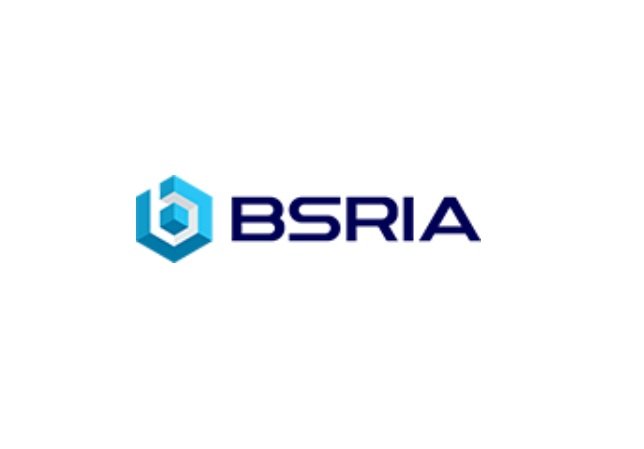BSRIA Highlights HVAC Market Shifts in 2024 Report
BSRIA report outlines global HVAC trends shaped by regulation, demand, and innovation.
BSRIA has published its 2024 World Air Conditioning report, offering a detailed outlook based on surveys with HVAC suppliers and resellers across 31 countries. The findings reflect regional shifts driven by environmental regulation, economic conditions, and evolving demand in residential and commercial segments.
Europe: Regulation Spurs Efficiency Amid Uneven Demand
The updated EU F-Gas Regulation (EU 2024/573) is accelerating the phase-down of HFCs, prompting a market shift toward heat pumps and low-GWP refrigerants like propane. This regulatory push is expected to support long-term adoption of more sustainable technologies.
Residential demand in countries such as France, Italy, and the UK has softened, largely due to macroeconomic pressures and a slowdown in construction. In contrast, commercial HVAC segments are expanding, especially in chillers and VRF systems, as investment increases in IT, healthcare, and data centre infrastructure.
Germany, Spain, and Hungary are showing strong chiller demand, particularly for units with integrated heat pumps and energy recovery systems. Meanwhile, in Western Europe, Air Handling Units (AHUs) are increasingly customized with IoT integration and advanced heat recovery, aligning with smart building trends.
Americas: Regulatory Shifts and Climate Patterns Influence Growth
The US residential market experienced turbulence in 2024, impacted by the refrigerant phase-out. Despite an initial decline, sales recovered with unit growth of 4.5% for mini splits and 10% for ducted systems. R410A dominated 2024 shipments, but a transition to R32 and R454B is scheduled for 2025, with uncertainties remaining around purchasing channels.
Commercial demand in the US is buoyant, especially for air-cooled chillers, scroll compressors, and AHUs, driven by expanding data centre requirements. Modular, inverter-driven systems continue gaining traction for their flexibility and efficiency.
Mexico's market remains steady, with rooftop units and chillers supported by industrial and retail projects. However, ongoing economic and political instability adds uncertainty to the long-term outlook. In Brazil, the HVAC market rose by 9% year-over-year, driven by heatwave-induced demand and a rise in split system adoption. Scroll heat pumps are gaining market share despite lacking regulatory mandates for HFC reduction.
Asia: Strong Residential Growth and Evolving Commercial Demand
Asia’s residential AC segment saw notable growth, with India, Indonesia, and South Korea reporting a 10% increase in single-split and room air conditioner sales over 2023. This growth is attributed to higher temperatures and increasing urban demand.
In the chiller market, China faced a slowdown due to project delays, while India and South Korea recorded robust growth, supported by data centre expansion and commercial retrofits. BSRIA plans to release updated intelligence on ten Asia Pacific countries in autumn 2025.
“Regulatory momentum and shifting end-user needs are reshaping the global HVAC landscape,” said BSRIA’s Market Intelligence team. “Across all regions, we see efficiency, sustainability, and digital integration as dominant forces driving product innovation and investment.”
